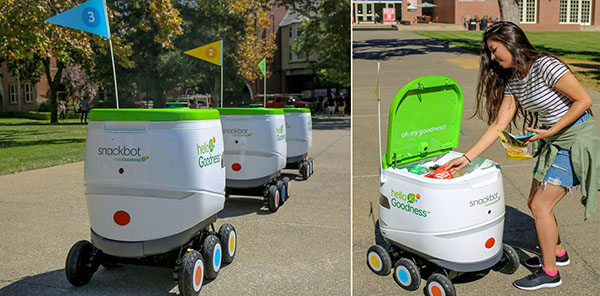CES 2019 Hype and Hoopla: What was more spectacle than substance?
The Consumer Electronics Show was back in Las Vegas January 8-11 for its 52nd annual event. Considered the “global state for innovation,” it has been the platform for thousands of product debuts over the years, from the first ever home VCR in 1970 to 3D printers in 2012. And while some have proven to be significant technological advancements with great commercial success, others don’t seem to amount to much once the glow of Vegas begins to fade.
In “CES 2019 RECAP PART 1: Real tech, real applications: How business can apply CES 2019’s top trends.” we looked at the tech innovations with real substance; the ones all but guaranteed to have widespread impact. But there were a few other trends that stood out at CES 2019: a handful whose popularity might be due more to media exposure than real-world benefits.
ROBOTS
In science fiction’s favorite arena – robotics – we saw a few somewhat intriguing explorations into the B2B space around service delivery; Robby Technologies and PepsiCo partnered to present “Snackbot,” for example. Sort of like a vending machine on wheels, it’s designed to roll around college campuses and offer healthy snack options for students. But that’s about as interesting as it got; personal robots, however, still showed limited use cases for daily home application.
VOICE-ENABLED EVERYTHING
We might have voice-enabled fatigue. We saw voice assistants show up in everything (showers, mirrors, even microwave ovens), whether it made sense or not. While purchase numbers show the adoption of voice-enabled smart speakers like Google Home or Amazon Alexa is growing exponentially, there’s much less consensus on their true impact across other consumer electronics. In other words, voice technology may be a popular way to play music or dim the lights, but in terms of other successful use cases, we’re still listening.
SMART HOME PRODUCTS
Similar to the situation with voice-enabled products, we saw a plethora of new smart home devices on display (thermostats, lights, doorbells, etc.; the Google Assistant-enabled Lenovo clock got a lot of notice), but not enough that truly address the complications that come with linking disparate devices together, or growing fears surrounding digital security. And with more options in the space — each with a different app or platform or connectivity method — it could become an even more confusing ecosystem for consumers to navigate. We’re simply waiting for the day things consolidate, simplify, and work better together to get really excited here.
Like with any technology, there’s still plenty of potentials for these trends to evolve and wow people with that magic combination of usefulness and sparkle. The question for 2019 will be how consumers respond. Our overarching takeaway from CES 2019? The whole field is no longer about people adapting to technology. The onus is now on technology to adapt to the individual and to truly consider consumer needs.
Missed Part One? No problem, you can read it here.





